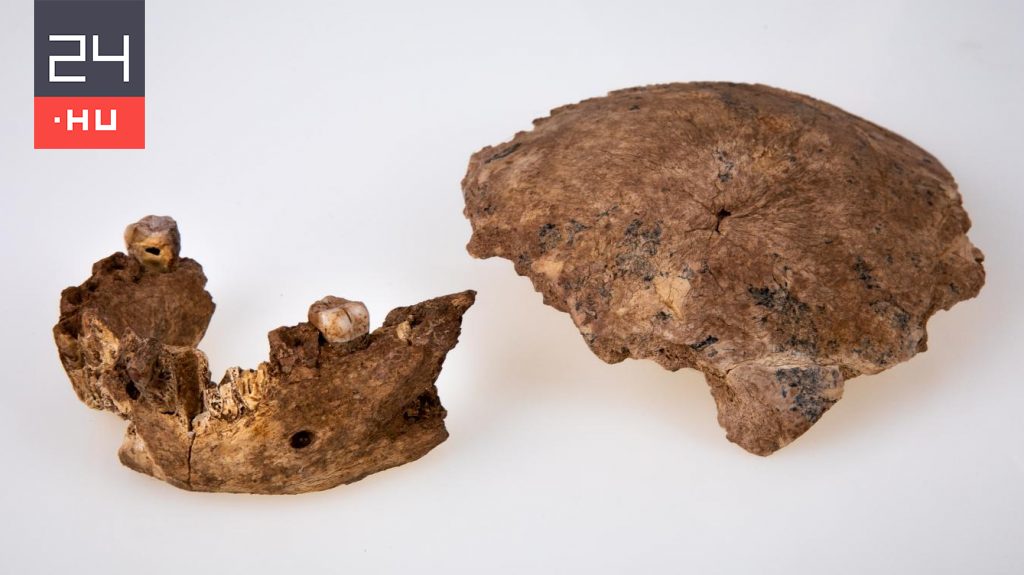MIT writes that a new, extinct human species has been identified in Israel. The remains of a man from Neisseria Ramla were found near Ramla, experts say, our ancient relative lived in the area for hundreds of thousands of years and spread from Spain to East Asia to many other regions. Two studies have been conducted on this discovery Here And the Here Readable, one print deals with the man of the Ramla vulture and the other with his stone tools.
Based on previous discoveries, the hominid probably appeared in the Middle East 400,000 years ago and will remain until 130,000 years ago. Experts believe their discovery may answer questions about Neanderthal origins and shed light on genetic overlaps between different human groups.
The bones that were examined were found about ten years ago during the construction of a new quarry near the Neisser factory complex not far from Ben Gurion Airport. In the cavity of deep excavations, a number of stone tools, animal bones, human remains, two skull bones and an almost complete jawbone with two teeth were found. The finds are nearly 130,000 years old and took a long time to analyze.
Until now, they did not understand how Neanderthals could appear again and again in Europe after being extinct several times due to ice ages. Israeli researchers explain that the Ramla vulture may have been the home of Neanderthals, and from there they migrated to Europe when the climate allowed.
Until now, the classic idea was that for a long time there were Neanderthals in Europe and modern peoples in Africa, with a void in the middle. The new discovery creates a link between the two human species and also explains genetic overlaps. According to researchers, different groups of people have coexisted in the region for a long time and interacted genetically and culturally.












































